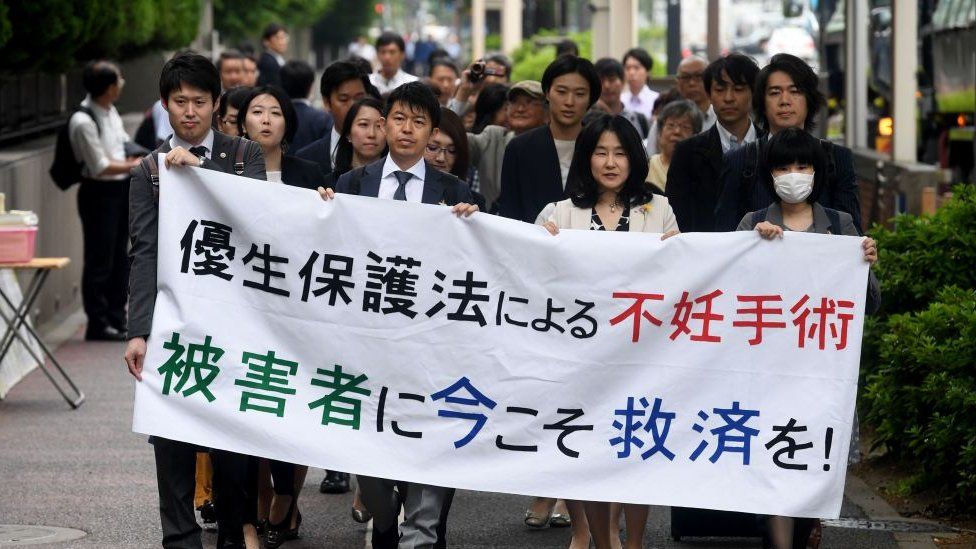Un mundo (in)feliz
Un mundo (in)feliz
Un mundo (in)feliz

Marcha de afectados exigiendo compensación
Hasta 1996, el gobierno japonés permitía la esterilización forzada de personas con condiciones como albinismo, epilepsia, sordera, hemofilia, esquizofrenia, “deseo sexual anormal notable” o “inclinación criminal notable”.
Vota!
Fuentes
Tsuchiya, T. (1997). Eugenic sterilizations in Japan and recent demands for an apology: A report. Ethics and intellectual disability, 3(1), 1-4. https://repository.library.georgetown.edu/handle/10822/531615 Articles 4 and 12 provided involuntary sterilization. It was performed without the patient's own consent. Article 4 required a physician to apply to the prefectural "Eugenic Protection Commission" to examine the propriety of sterilization when a patient was suffering a disease on the Annexed List and the physician considered that sterilization was necessary "for the public interests in order to prevent hereditary transmission of the disease." All diseases on the Annexed List were those that were then regarded to be hereditary, such as schizophrenia, manic-depressive psychosis, epilepsy, "remarkable abnormal sexual desire," "remarkable criminal inclination," Huntington's disease, muscular dystrophy, albinism, achromatopsia, deafness, hemophilia, "rupture of hand," "rupture of foot," etc. Moreover, Article 12 (added in 1952) permitted a physician to apply for a patient with "psychosis or mental deficiency" that was neither hereditary nor on the Annexed List, provided the patient's parent or guardian gave consent.


